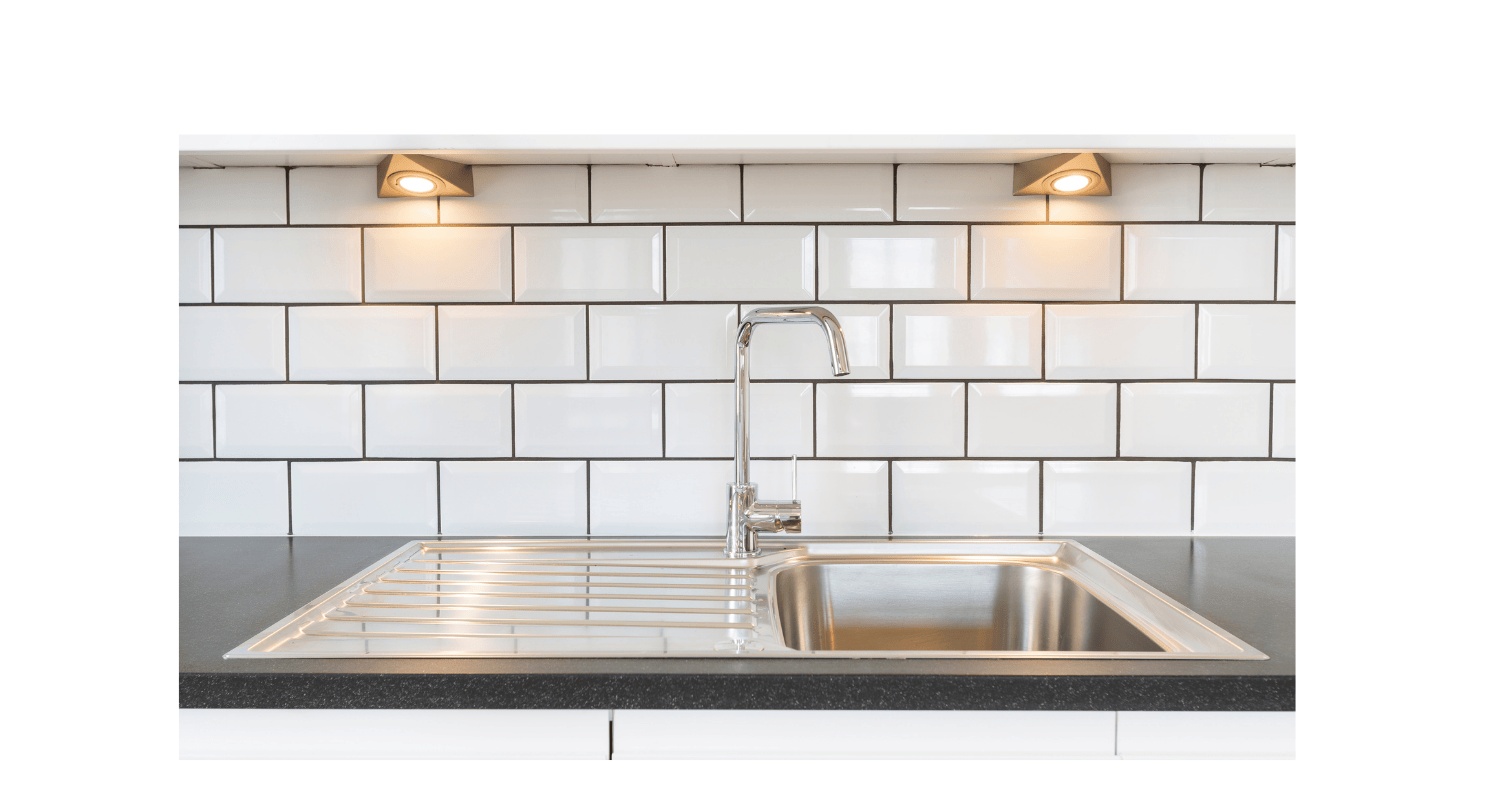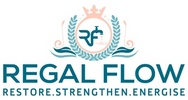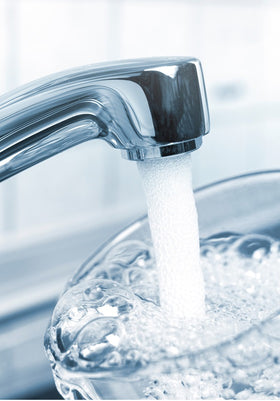
Does a Water Softener Go to the Kitchen Sink?
Ever wondered if your kitchen sink needs a water softener? Short answer: not always—but it can seriously upgrade your tea game and save your kettle from a limescale funeral. From under-sink options to whole-house systems with kitchen feeds, we’ll help you decide what fits your tap, taste buds, and Installation & Setup needs.
Understanding Water Softener Connections
Let’s start with the basics. A water softener’s job is to kick out the minerals (like calcium and magnesium) that make your water "hard." These minerals are harmless to drink but love nothing more than clogging up pipes, leaving streaky glasses, and ruining a perfectly good cuppa. Now, how does that softened water get around the house?
How a Water Softener Treats Water for the Entire Home
Most homes in the UK have what’s called a point-of-entry system. This means the softener gets to work as soon as the water enters your home—before it flows into any tap, shower, or appliance. So technically, every water outlet can benefit from soft water, including your kitchen sink. But in practice, things aren’t always that straightforward.
Point-of-Entry Systems Explained
The system usually lives near the main stopcock, often tucked away under the stairs or in a utility cupboard. Once installed, it softens all incoming water. That includes the bathroom taps, the shower, the washing machine—basically everything that touches water. But whether or not the kitchen tap joins the soft-water club depends on a few personal choices.
Direct Connection to the Kitchen Sink
Here’s where it gets interesting. Just because your home has a water softener doesn’t mean your kitchen sink is automatically on the softened supply.
Typically, Softened Water is Distributed Throughout the House
In a standard setup, softened water flows to every tap, including the one in your kitchen. That means your kettle won’t be furring up every few weeks, and your coffee machine will thank you for the break from constant descaling. Still, some homeowners choose to keep the kitchen tap on the hard water line. Why? It’s all about taste and practicality.
Considerations for Separate Untreated Water (e.g., for drinking or plants)
Softened water contains small amounts of sodium. While it’s well below any health risk, some people prefer the taste of hard water—especially when making tea or filling up the dog bowl. If you’re watering the plants or preparing baby formula, untreated water may actually be better. That’s why some households opt for a dual setup.
Installing a Separate Tap
One popular option is to fit a separate hard water tap next to your main kitchen mixer. It’s a small additional fitting, usually easy to install, and gives you the best of both worlds. Alternatively, if you want pristine drinking water, a countertop dispenser or a reverse osmosis system can filter softened water even further. These clever gadgets remove sodium and other particles, giving you clean, great-tasting water straight from the tap.
Why is A Kitchen Sink Not Always Softened Water?
If your kitchen sink isn’t connected to the water softener, it’s likely not a mistake—it’s a deliberate choice. Here’s why some homes go that route:
-
Taste matters – Softened water can sometimes taste a bit flat, especially in drinks.
-
Health preferences – Some people choose to limit their sodium intake, however minimal.
-
Better for plants and pets – Hard water is often more natural for them.
-
Less stress on the system – Skipping one tap means less demand on your softener and fewer salt refills.
Think of it like this: you’re customising your water supply to suit your lifestyle. And there’s no one-size-fits-all answer.
Conclusion: Softened Water at Your Kitchen Sink
So—does a water softener go to the kitchen sink? Yes, it can. But it doesn’t have to. Whether you include your kitchen tap in the softened supply depends on your taste preferences, health needs, and how you use your water. Some households love having soft water everywhere. Others prefer a mix—softened water for cleaning and appliances, but hard water for drinking and cooking. With options like separate taps, countertop dispensers, and reverse osmosis systems, you’re never short of solutions. Whatever you choose, one thing’s for sure: no more scrubbing limescale off the kettle. That’s a win in any kitchen.
More Water Softener Articles You’ll Want to Read
Can You Fit a Water Softener Yourself?
Can a Plumber Fit a Water Softener?
Where to Install a Water Softener



Leave a comment